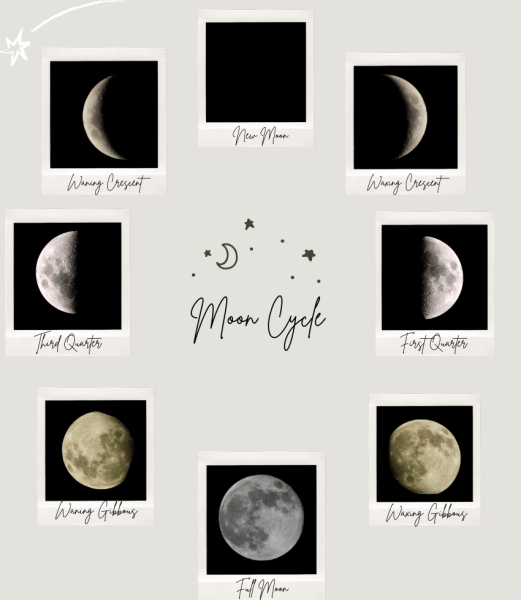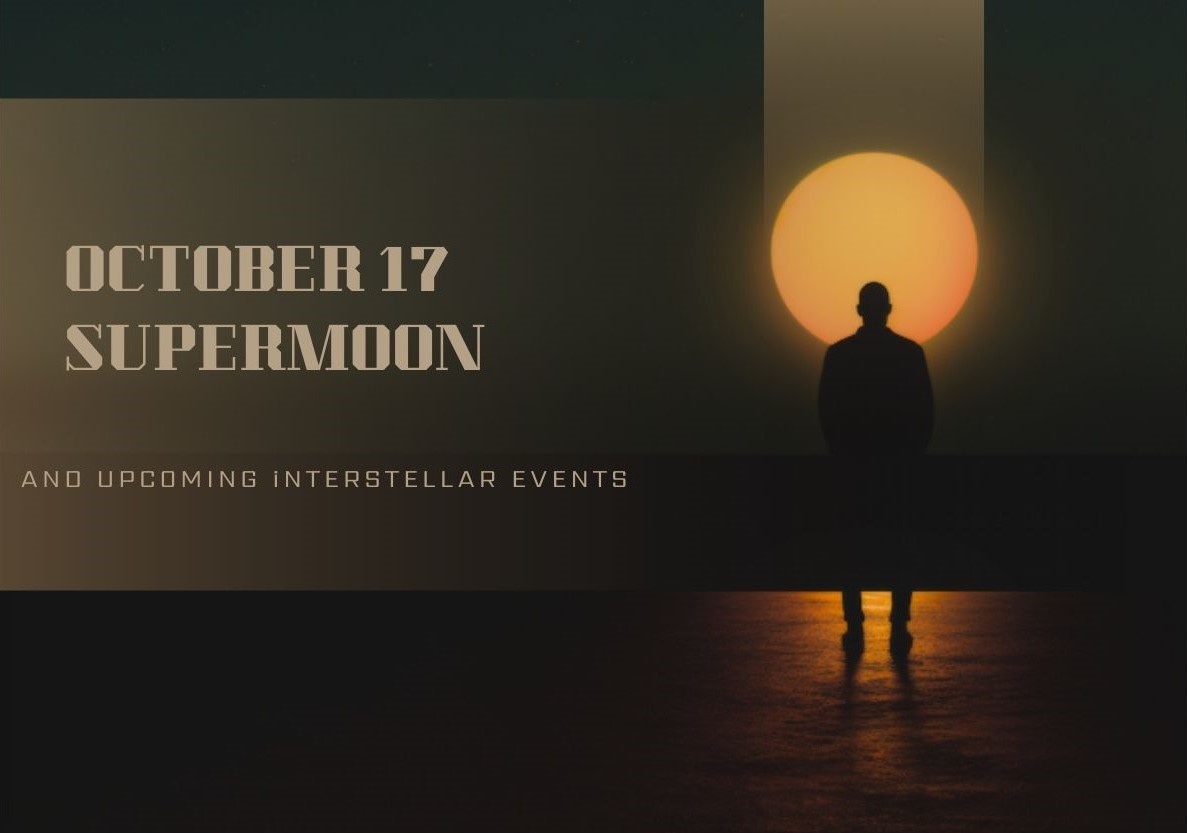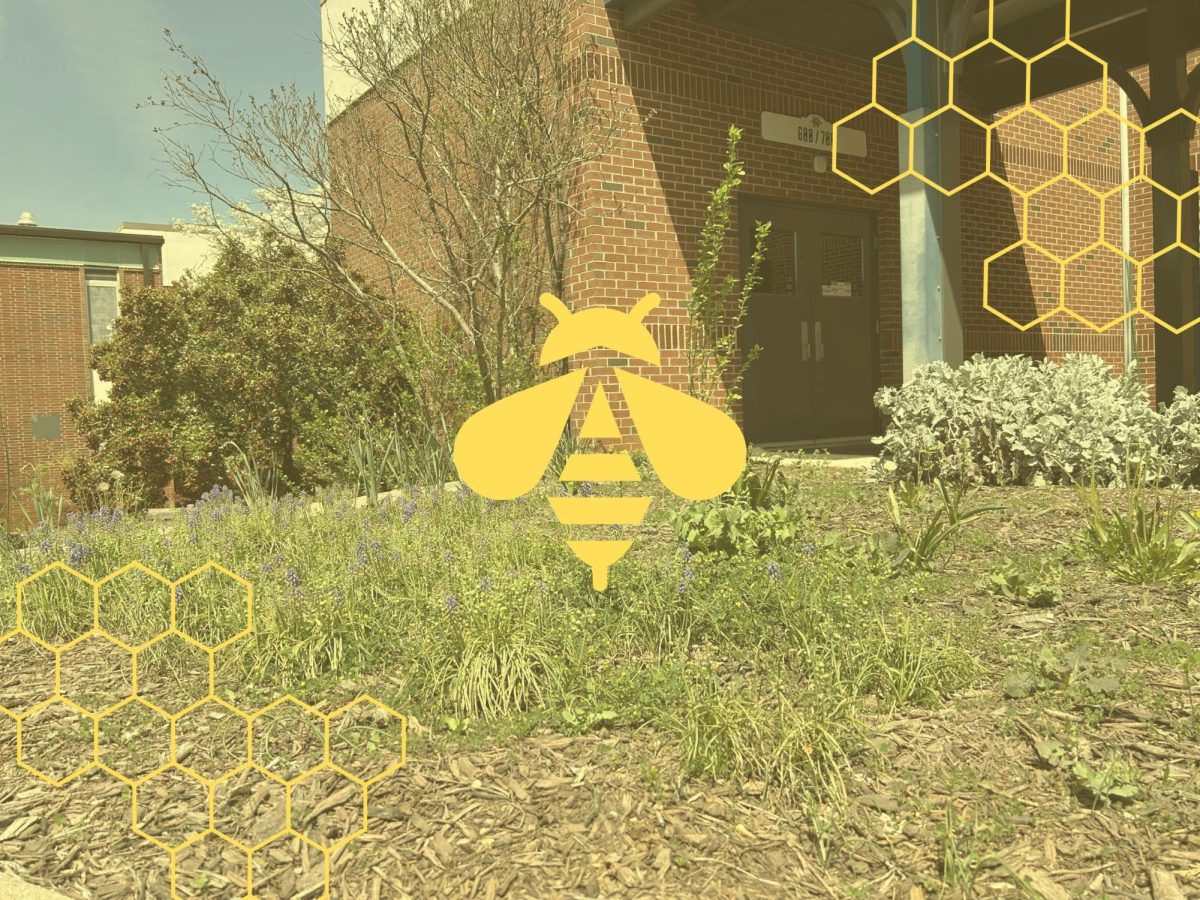October 17 marked the full illumination of a reddish moon. This full moon, occurring in October or early November, carries the name of the Hunter’s Moon. According to the National Aeronautics and Space Administration (NASA), the earliest written records of this particular title come from the Oxford Dictionary in 1720. The Hunter’s Moon carries that title due to its late fall occurrence; the season creates an advantage for hunters as their prey become easily spotted through newly shed trees and branches. Titles such as the Dying Grass Moon, Blood Moon or Sanguine Moon also associate the moon’s fullness in this season with hunting and an upcoming winter. Additionally, the name Travel Moon originates from the migration of birds and animals as they prepare for colder months.
This month, the moon reached perigee — its closest point to the earth in orbit — October 16, which allowed it to gain the name of a supermoon. It remained full for three days afterward, from October 17 to October 20, marking October’s third super full moon of 2024.
“A supermoon happens when a full moon coincides with the moon’s closest approach to Earth in its orbit. Supermoons only happen around 3-4 times a year because the overlap of a full moon and the moon being closest to Earth doesn’t happen often. I love to stargaze and I try to get the best pictures when I can. I’ve only seen about two [supermoons] a year but they usually peak out right above my window so it’s always really cool to see,” magnet sophomore Maya Black said.

October and this fall season equips a particularly opportune one for stargazing. Venus and Saturn will remain bright as they shift along the southwestern horizon. October 21, Mercury will enter its shadow, also known as Mercury Retrograde, November 7th. October 21 also marks Jupiter’s appearance near the waning gibbous moon. In addition, comet C/2024 S1 (ATLAS) will appear above the horizon beginning October 21. If the comet survives perihelion, the point at which a celestial body orbits closest to the sun, it will remain visible in the southern hemisphere from October 24 to October 28.
October 22, the moon, Mars and the bright Pollux star will form a triangle in the sky, easily observed in the early morning hours. Saturn’s rings and moons will join the clear image of the planetary triangle, all visible October 23 and 24. October 25, the Ghost of Summer Suns will emerge, which refers to the star of Arcturus taking the position previously occupied by the sun during the peak of summer, in June and July. October 25, Venus will shine brightly and reach a perigee of its own.
“I like to look at the sky at night, the stars are really pretty. It is sad that we can not see much anymore because of light pollution. I like astrology and astronomy is directly related to that. I’m a Gemini so my favorite constellation is the Gemini constellation,” magnet sophomore Jordan Homier said.
As the moon progresses its orbit around the Earth, it will remain near its point of perigee. November 15, the final supermoon of 2024 will appear in the sky. This moon primarily holds the name Beaver moon, due to the season’s connection to a beaver’s preparation for winter. Overall, this season holds a variety of lunar and astrological events perfect to view with the naked eye or to observe through a camera.

















